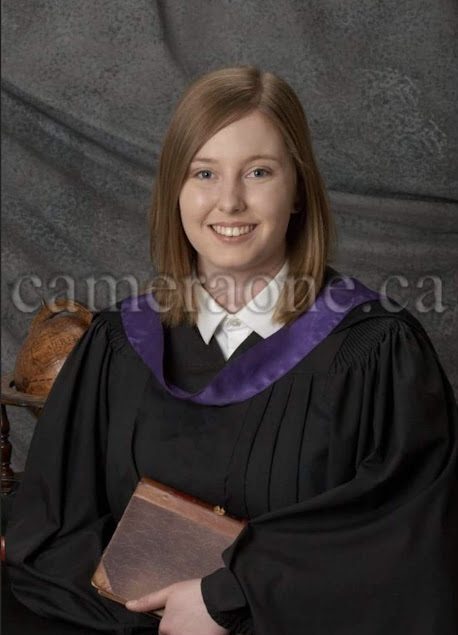What are the four models of curriculum described in the article, and what are the main benefits and/or drawbacks of each? What model(s) of curriculum were prominent in your own schooling experience? What did these models make possible/impossible in the classroom?
`The first model of curriculum Smith (1996, 2000) introduces is syllabus to be transmitted. This model follows a set map of where the curriculum will lead. Usually, this structure resembles those of university classes, culminating in an exam to test the knowledge of the students. The main benefit of this model is the content is laid out for students who will then be tested on the material. However, some problems arise when there is truly a focus on content (Smith 1996, 2000). One of the drawbacks stated in Smith (1996, 2000) is “where people still equate curriculum with syllabus they are likely to limit their planning to a consideration of the content or body of knowledge that they wish to transmit” (p. 3). In this case, students are being presented the information, but there is little to no personalization of the information.
The second model listed is the curriculum as a product. Smith (1996, 2000) views this form as an exercise as a set of objectives, plans which are applied then measured. The main benefit of this process is that it is broken down into what learners need to know and how they can obtain this. The article goes on to list several drawbacks that ultimately outweigh the benefits. The first is because it is so straightforward, there is no room for learners to have a voice and educators have limited movement within the curriculum (Smith 1996, 2000). Second, Smith (1996, 2000) mentions that when objectives are measured the assessment and education become shrunken; with this judgment is sidelined. The most important and problematic drawback is the heavy focus on goals that have been present, leading to those involved not realizing what has occurred during their interactions (Smith, 1996, 2000).
The third model is curriculum as process. Smith (1996, 2000) describes this model as not necessarily physical, instead, as interactions between three players: teachers, students, and knowledge. One of the main benefits of this model is the interaction between thinking and action. Smith (1996, 2000) highlights how this process enables educators to make judgments and reflect on the direction their work is taking.
The fourth and final model presented in the text is that of the curriculum as praxis. This model very much follows and expands on the curriculum as a process. There is a dynamic between action and reflection (Smith 1996, 2000). Curriculum as praxis has the most benefits out of all the models, with the positives outweighing the negatives. Smith (1996, 2000) notes that praxis focus attention on understandings and practices, instead of zeroing in on simply the person. One of the noticeable drawbacks is what Grundy (1987) states that this model does fail to emphasize context.
The models that were most present in my schooling career where curriculum as a syllabus to be transmitted, and curriculum as a product and as a process. Upon reflection, curriculum as a product was heavily present in math and science classes. What was beneficial about these models in these classes where it was clearly defined what we would learn and how to obtain the end goal through examination. However, the only way you could succeed or make success possible was to be able to present what you had learned through strong final grades. I feel personally that by incorporating these practices does not benefit students who may struggle with the examination. The student may understand the content but, is unable to present it to the extent the curriculum expects. This does not reflect a student’s intelligence or what the student has learned, but is heavily focussed on a percentage. In language arts classes and social studies curriculum was modeled after curriculum as a process. There was much more of a focus on how students and knowledge bonded and the outcomes this lead to.
Smith, M. K. (1996, 2000) ‘Curriculum theory and practice’ the encyclopaedia of informal education, www.infed.org/biblio/b-curric.htm.
